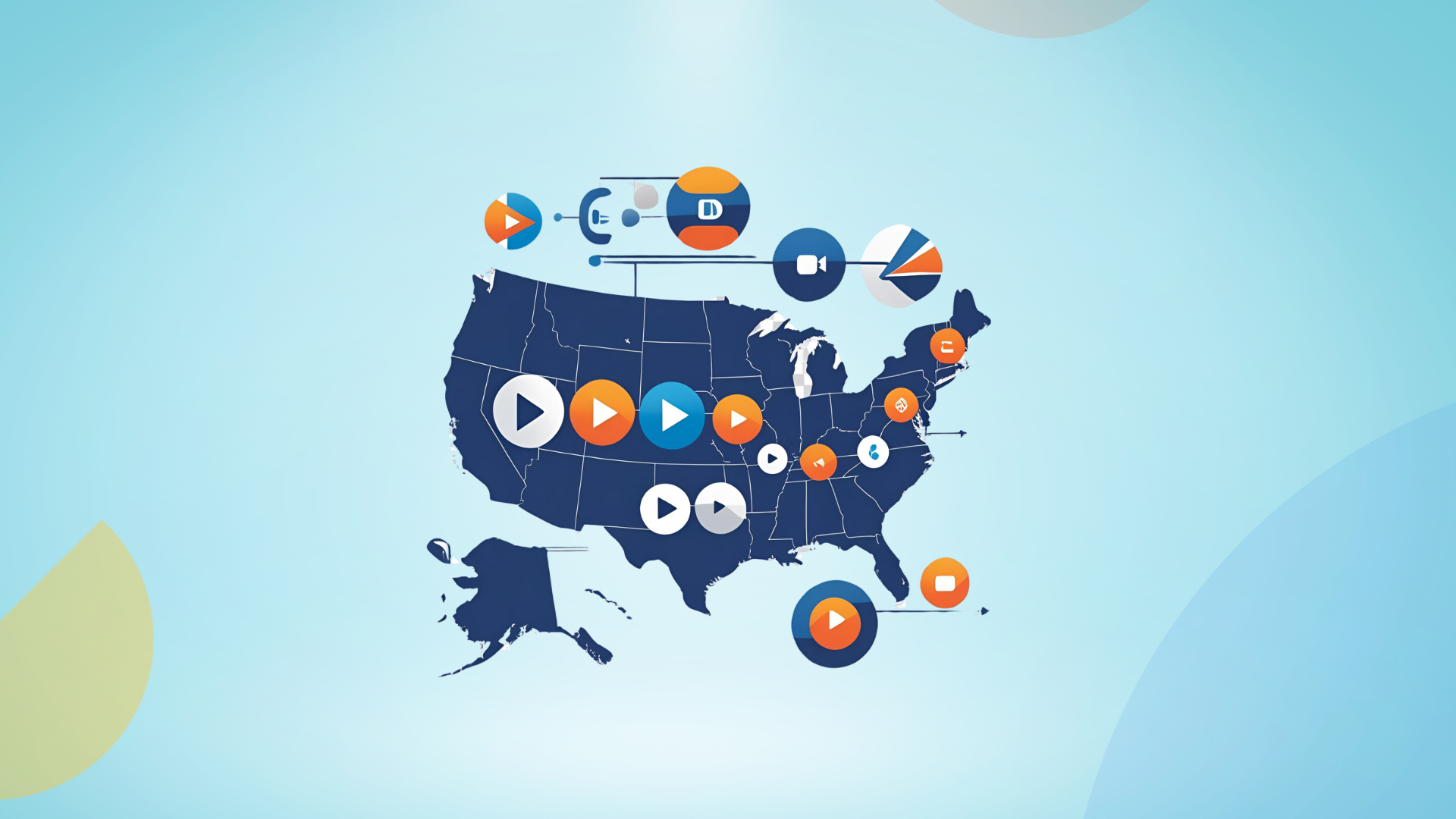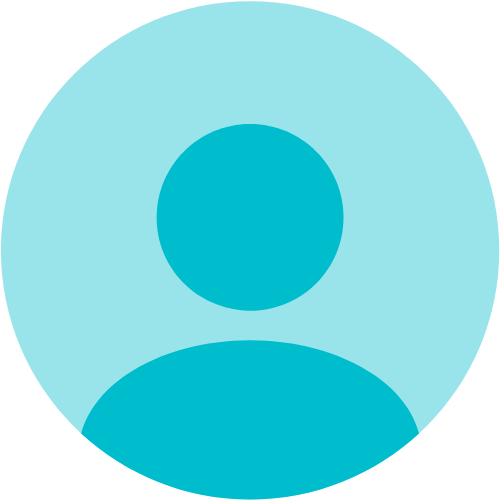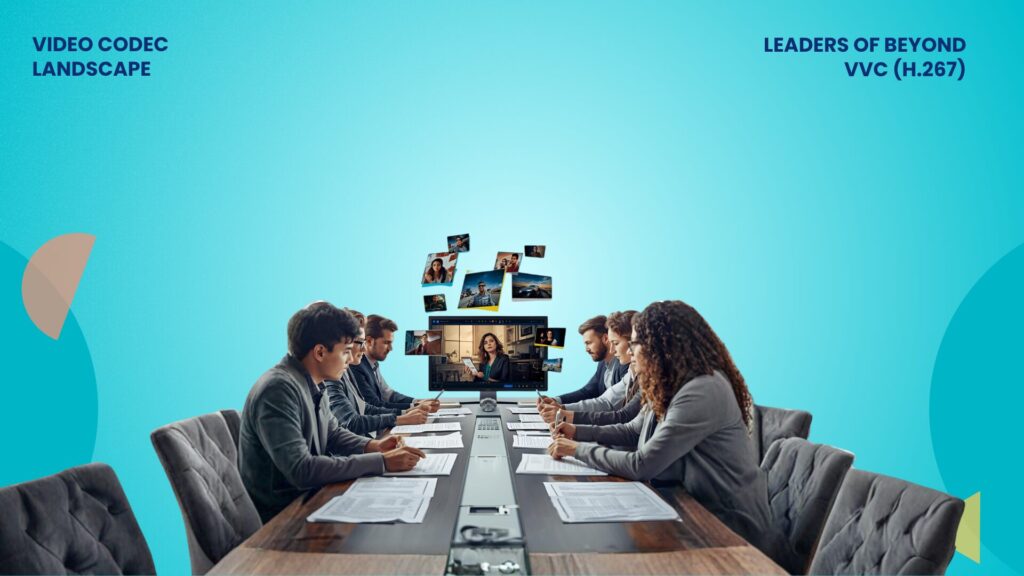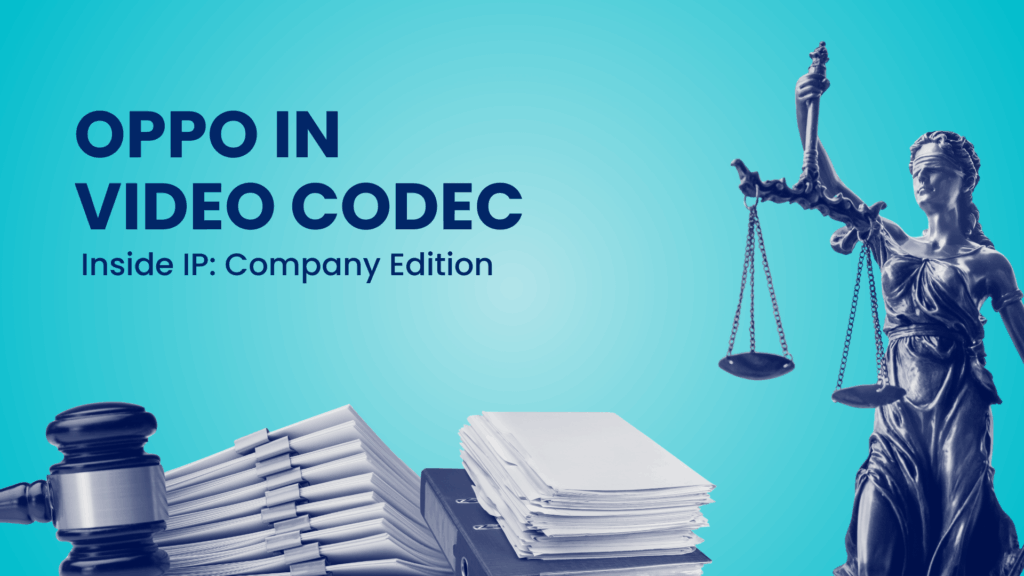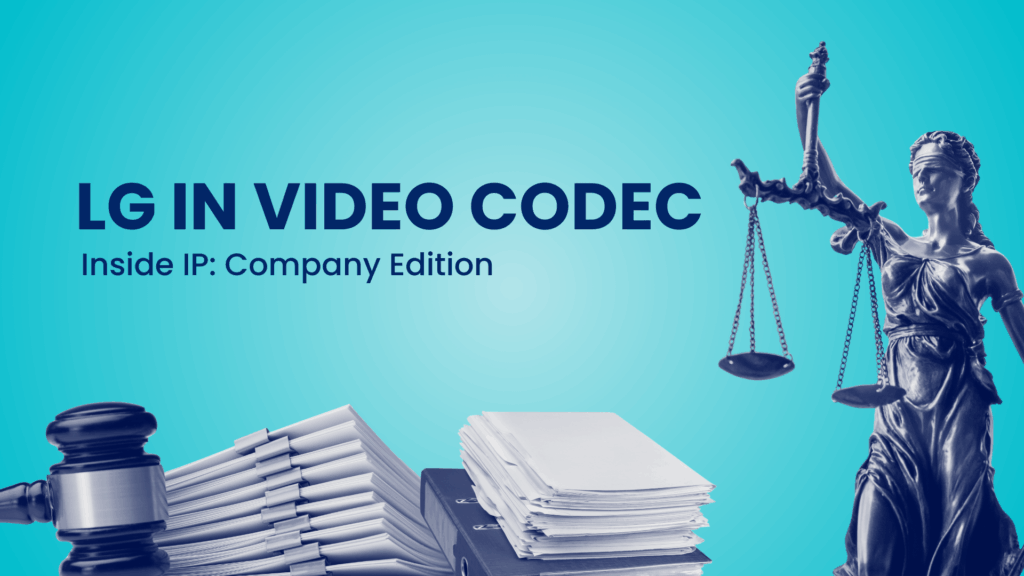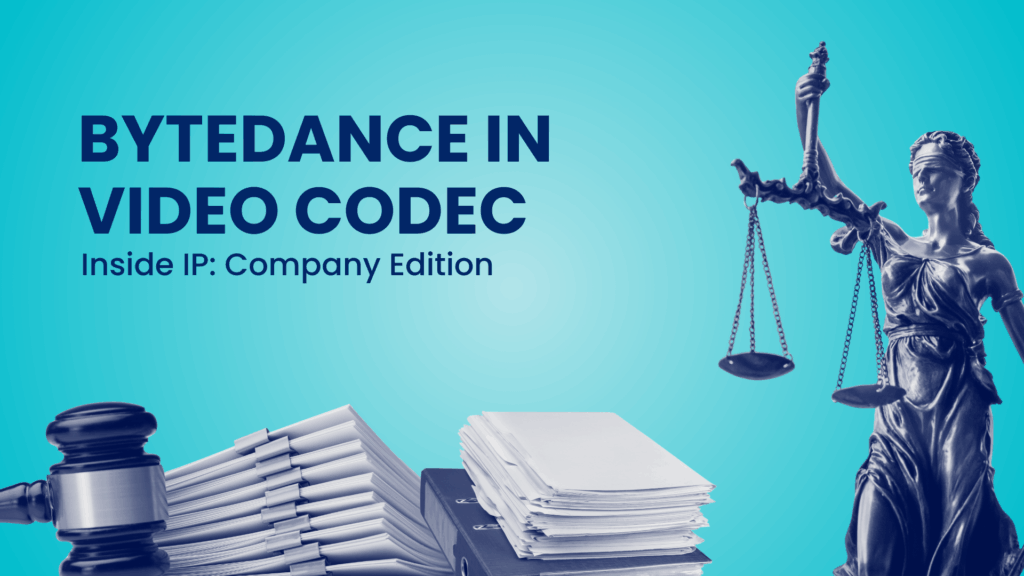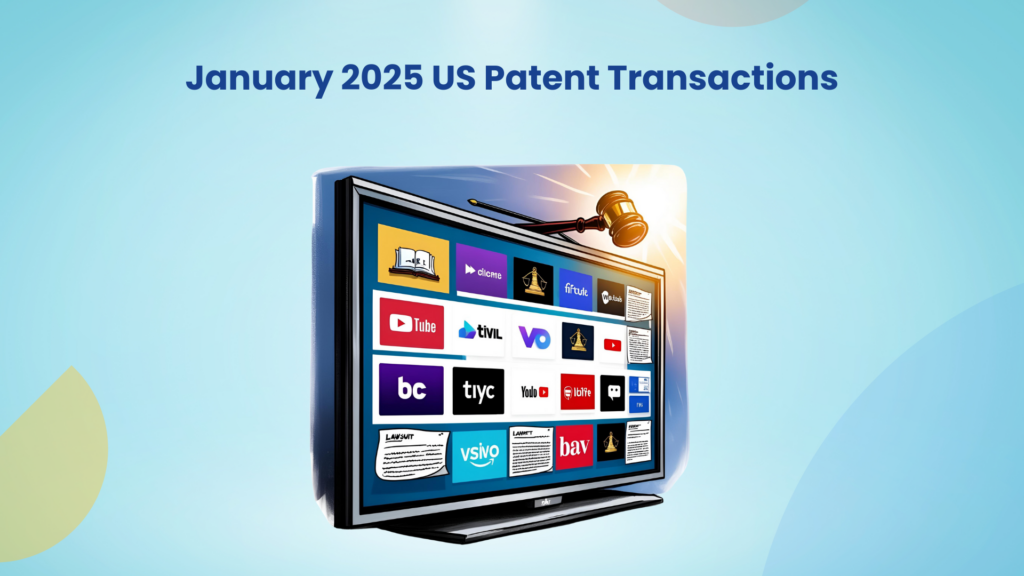Between 2020 and 2021, video coding patent litigations in the USA surged sharply. This spike was driven by the rapid expansion of video conferencing, streaming services, and smart devices during the COVID-19 pandemic. The surge attracted aggressive enforcement from Non-Practicing Entities (NPEs), resulting in a record number of lawsuits targeting various industry players.
However, starting in 2022, the overall number of litigation cases began to decline steadily. This reduction largely stems from significant shifts in patent licensing strategies. Notably, the merger of major patent pools, such as Via Licensing and MPEG LA, has streamlined licensing frameworks. Additionally, new single-license models targeting content distributors rather than device manufacturers have simplified enforcement and reduced fragmented lawsuits.
Despite this decrease in litigation volume, the risk for companies remains substantial and has become more complex. Patent holders and NPEs now focus on asserting larger portfolios in fewer, highly targeted lawsuits against major industry players. These focused actions carry the potential for higher damages and more impactful injunctions, raising the stakes for companies using video coding technologies.
This report explores these evolving trends in video coding patent litigation and highlights patents that face repeated enforcement. It identifies ongoing risks you should consider in the patent strategies and freedom-to-operate (FTO) assessments.
Key Insights from the Video Coding Litigation Report
The analysis of video coding patent litigations in the USA from 2020 to 2025 reveals several critical trends:
- Non-Practicing Entities (NPEs) dominate enforcement activity, accounting for 9 of the top 10 plaintiffs. This highlights the continued influence of patent assertion entities in this technology area.
- Litigation activity peaked in 2021 with 28 cases, reflecting the pandemic-driven surge in video technology usage. Since then, cases have declined sharply, with projections estimating only 3 lawsuits in 2025. This indicates a transition from volume-driven enforcement to more strategic, targeted litigation.
- Certain patents are repeatedly asserted, signaling their high strategic value. For example, US6487528, owned by Sunflower Licensing LLC, was involved in 19 cases, followed by US11019372 with 13 cases, and US7769238 with 10 cases.
- Among defendants, major technology companies such as Lenovo and Google face the greatest enforcement pressure, each sued in 5 separate cases. Lenovo, in particular, contends with allegations involving 16 unique patents.
- Portfolio-based enforcement is increasingly evident. Sovereign Peak Ventures, for instance, has asserted 8 different patents across 6 litigations, reflecting a broader, sustained assertion strategy rather than reliance on single patents.
These insights form the foundation for understanding ongoing risks and enforcement patterns in the video coding patent landscape.
Video Coding Litigation Trends to Prepare for the lawsuits to come
1. Yearly Video Coding Litigation Trends
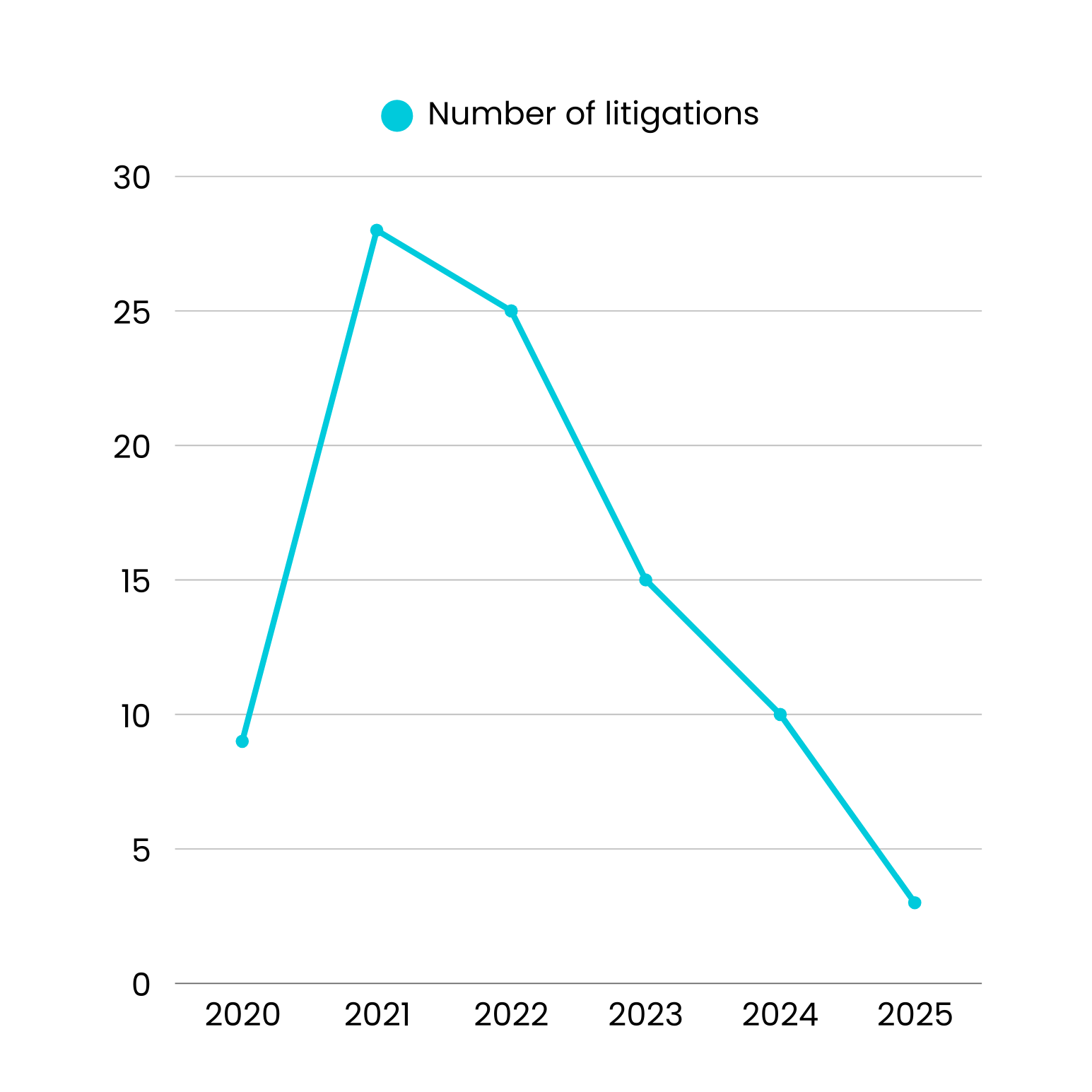
Between 2020 and 2021, video coding litigations surged, jumping from 9 cases in 2020 to 28 cases in 2021, marking the most active year for assertions. This spike coincided with the rising adoption of video conferencing tools, smart displays, and streaming platforms during the pandemic, as companies accelerated the integration of codec technologies like H.264 and HEVC.
However, this decline does not signal reduced enforcement risk.
While public case counts are down, the cost and complexity per case have increased, with NPEs asserting larger patent portfolios and selecting defendants more strategically. This makes portfolio-level clearance and ongoing surveillance of active NPEs essential, especially for companies deploying hardware-accelerated or standards-based codecs.
2. Critical patents driving most video coding litigation
The video coding patent litigation landscape is heavily influenced by a select group of patents that are frequently asserted in lawsuits. Understanding these key patents is essential for risk assessment and freedom-to-operate (FTO) strategies.
| Number of times used in litigation | Publication Number | Title | Assignee – Current US |
| 19 | US6487528B1 | Method and apparatus for encoding or decoding audio or video frame data | SUNFLOWER LICENSING LLC |
| 13 | US11019372B2 | Layered multicast and fair bandwidth allocation, and packet prioritization | SCALE VIDEO CODING LLC |
| 10 | US7769238B2 | Picture coding method and picture decoding method | VIDEOLABS INC. |
| 9 | US10412388B2 | Framework for quality-aware video optimization | OPTIMORPHIX INC. |
| 9 | US8139878B2 | Picture coding method and picture decoding method | VIDEOLABS INC. |
Among these, US6487528, owned by Sunflower Licensing LLC, stands out as the most frequently litigated patent, having been asserted in 19 separate cases. Notably, Sunflower Licensing has relied exclusively on this single patent in all its litigation efforts, underscoring its importance.
Due to their high litigation frequency, patents like US6487528 are considered “red-flag” assets during clearance and FTO reviews. In contrast, some entities pursue broader portfolio strategies. Sovereign Peak Ventures, for example, has asserted eight different patents across six litigations, indicating a diversified and sustained assertion pipeline rather than reliance on a single core patent.
Identifying and understanding these critical patents enables companies to better anticipate enforcement trends and refine their patent clearance and licensing strategies accordingly.
3. NPEs lead the charts of Video Coding litigation of the last 5 years
Non-Practicing Entities (NPEs) have been the predominant drivers of video coding patent litigation in recent years. Among the top ten plaintiffs involved in these cases, nine are NPEs.
Top 10 Plaintiffs by Number of Cases Filed
| NPE or Corporate? | Plaintiff | Number of cases against unique Defendants | Number of patents used in litigation |
| NPE | Sunflower Licensing LLC | 19 | 1 |
| NPE | Scale Video Coding LLC | 13 | 1 |
| NPE | VideoLabs, Inc. | 11 | 4 |
| NPE | OptiMorphix, Inc. | 9 | 4 |
| NPE | DigiMedia Tech, LLC | 7 | 4 |
| NPE | Sovereign Peak Ventures, LLC | 6 | 8 |
| Corporate | Nokia | 5 | 11 |
| NPE | Compression Vectors LLC | 4 | 1 |
| NPE | Advanced Coding Technologies LLC | 4 | 2 |
| NPE | Uniloc 2017 LLC | 3 | 3 |
4. Tech giants, as always, are the primary targets
Tech giants and consumer electronics companies are the primary targets of video coding patent litigations.
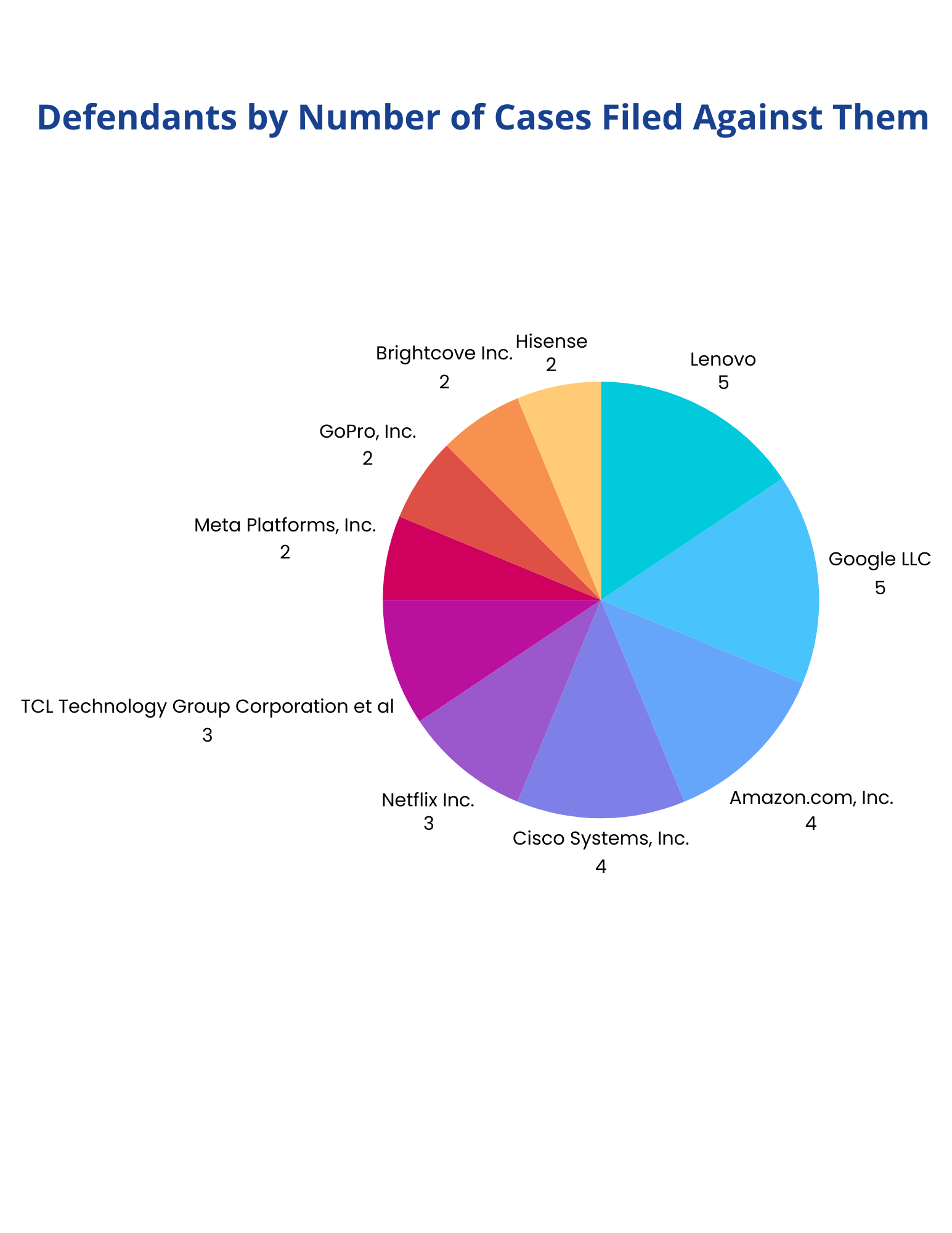
| Defendant | Number of times it was sued | Number of unique patents used to sue |
| Lenovo | 5 | 16 |
| Google LLC | 5 | 7 |
| Amazon.com, Inc. | 4 | 14 |
| Cisco Systems, Inc. | 4 | 4 |
| Netflix Inc. | 3 | 5 |
| TCL Technology Group Corporation et al | 3 | 11 |
| Meta Platforms, Inc. | 2 | 7 |
| GoPro, Inc. | 2 | 5 |
| Brightcove Inc. | 2 | 3 |
| Hisense | 2 | 9 |
Lenovo and Google LLC top the list, each being sued 5 times. Lenovo faced 16 unique patents across these cases, indicating a wide range of alleged infringements. Amazon.com, Inc. and Cisco Systems, Inc. follow closely, with 4 cases each. Notably, Netflix Inc. and Meta Platforms, Inc. also feature among the top defendants, reflecting the growing importance of video streaming and social media platforms.
The rise in cases against consumer electronics, streaming, and communications companies aligns with the expanding use of H.264, H.265/HEVC, and AV1 codecs in hardware and cloud-based video platforms. The number of unique patents asserted per defendant strongly indicates where enforcement is most aggressive.
Consumer electronics companies must:
- Map codec use across key product categories
- Monitor high-risk patents frequently used in litigation
- Review licensing coverage for standard-essential patents (SEPs) to identify any gaps that could trigger future assertions
Conclusion
Given the increasing market penetration of VVC-enabled devices, the question arises. Are any of the top asserted patents, such as US6487528 or US11019372, technically relevant to your offerings, especially in the context of VVC?
For companies developing or integrating video coding technologies, such as streaming services, video conferencing tools, and smart devices, the risk of infringing on these high-value patents is heightened. A thorough FTO analysis across all relevant product lines—be it consumer electronics, mobile devices, or even video analytics solutions is required.
Right from reviewing the licensing landscape for both standard-essential patents (SEPs) and non-SEPs to identifying any gaps that could expose the company to infringement risks.
Get Custom FTO Report
Know if you are exposed to litigation risk!

